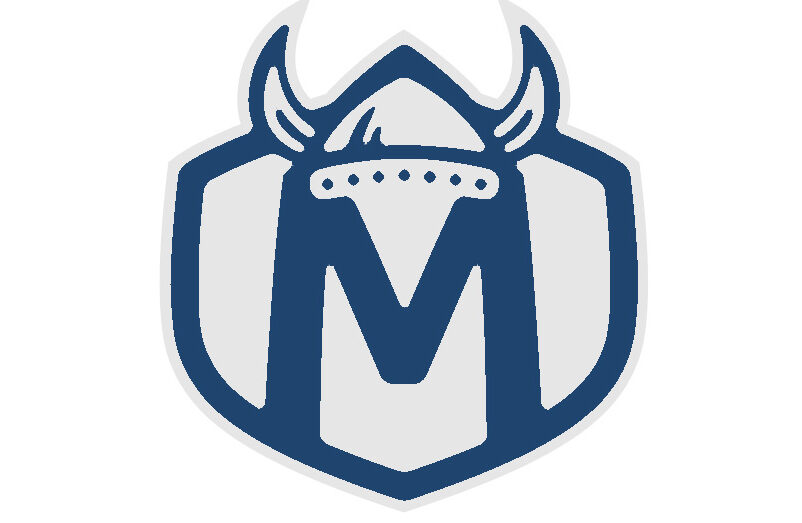As we head further into economic uncertainty and potential recession, it is a great time to do a Money Viking financial health check.
Building wealth is often seen as a long-term goal that requires smart planning, discipline, and consistent action. Just like physical health, your financial well-being depends on regular “checkups” to make sure you’re on the right path. Whether you’re just starting out or looking to optimize your current strategy, here are the top five financial checkups that can help you build and maintain wealth:
1. Net Worth Assessment
Why it matters:
Your net worth is a snapshot of your overall financial health. It’s calculated by subtracting your liabilities (what you owe) from your assets (what you own). Regularly tracking your net worth helps you see if you’re moving in the right direction.
How to do it:
- List all your assets: home equity, savings, investments, retirement accounts, and valuables.
- Subtract your liabilities: mortgages, student loans, credit card debt, car loans, etc.
- Monitor progress at least once or twice a year.
Tip: Use a financial app or spreadsheet to automate updates and visualize trends over time.
2. Spending & Budget Review
Why it matters:
Wealth isn’t just about how much you earn—it’s about how much you keep and grow. Reviewing your spending ensures your money is going where it should and highlights areas for improvement.
How to do it:
- Track all your expenses for a month.
- Categorize them (needs, wants, savings, debt repayment).
- Compare spending to your income and goals.
- Adjust your budget as needed to align with your priorities.
Tip: Aim to follow the 50/30/20 rule (50% needs, 30% wants, 20% savings/debt payments) or develop your own ratio that fits your goals.
3. Debt Checkup
Why it matters:
High-interest debt (especially credit card debt) is a major roadblock to wealth. Regularly reviewing your debt profile can help you reduce financial stress and free up money for saving and investing.
How to do it:
- List all debts, interest rates, and minimum payments.
- Prioritize high-interest debt for payoff (avalanche method) or smallest balances first (snowball method).
- Consider consolidation or refinancing options for lower rates.
Tip: Set milestones for paying off debts and celebrate progress to stay motivated.
4. Investment Portfolio Review
Why it matters:
Investing is one of the most powerful tools for growing wealth, but it requires regular check-ins to ensure your portfolio remains aligned with your goals, risk tolerance, and time horizon.
How to do it:
- Review your asset allocation (stocks, bonds, real estate, etc.).
- Rebalance if allocations are out of sync.
- Evaluate fees, performance, and diversification.
- Adjust based on life changes or shifting financial goals.
Tip: Consider using a financial advisor or robo-advisor if you’re unsure how to optimize your portfolio.
5. Retirement Plan Audit
Why it matters:
Retirement might seem far off, but the earlier and more consistently you save, the more powerful compound interest becomes. A yearly checkup can help ensure you’re on track.
How to do it:
- Estimate how much you’ll need in retirement.
- Check your 401(k), IRA, or other retirement account contributions.
- Make sure you’re taking full advantage of employer matches.
- Increase contributions over time as income grows.
Tip: Use retirement calculators to test different scenarios and adjust savings rates accordingly.
Final Thoughts
Just like a yearly doctor’s visit can catch small health issues before they become serious, these financial checkups can help identify opportunities and risks before they impact your long-term wealth. The key is consistency: review your finances regularly, make small improvements over time, and let smart decisions compound into lasting wealth.

